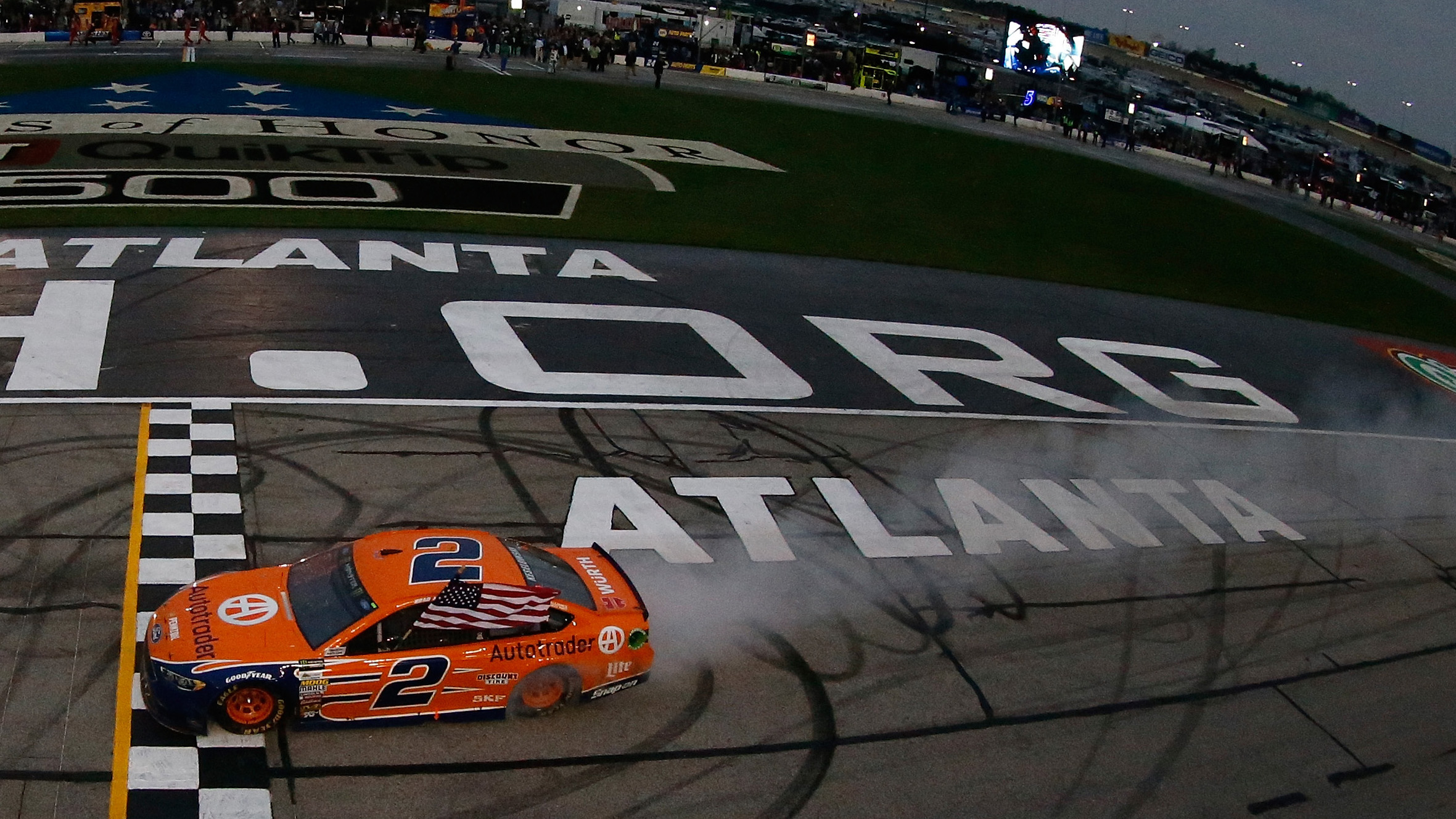The Sports Business Daily is reporting that NASCAR is considering a proposal to reduce the noise stock cars make in “a move that could make it easier for fans to talk to each other during races and engage more socially.”
The move, according to the SBD, is yet another attempt to attract younger race fans.
“Quieter cars could be targeted more toward millennials, who place heavy importance on the social experience of attending sporting events,” the SBD’s Adam Stern wrote. “For example, many teams in stick-and-ball sports have developed standing areas where fans can gather and socialize instead of being restricted to a standard seat.”
Has it really come to this?
What’s next, an all-hybrid front-wheel-drive econobox race followed by an all-acoustic Metallica concert? Only green tea and organic vegetables sold at the concession stands?
Should the sport really be positioned as a quiet place people can come and hang out and “engage more socially?”
No, no and no. One thousand times no.
A huge part of the entire live race experience is the visceral sensations it creates — the sights, the sounds, and by God, yes, the noise. Racing is supposed to be loud, it’s supposed to be ground pounding, it’s supposed to fill the air with noise and sound waves and heat and roaring exhausts.
Want to “engage more socially?”
Invite some friends over to watch on television.
Go to the Tweet-up before each race.
Camp with your pals all weekend.
Attend a church social.
Or better yet, put your device away for 10 minutes and actually talk to another live human face to face.
Want to see 40 cars run hard at 180 miles per hour up close and personal?
Then put your earplugs in or your headphones on and feel the thunder.
I promise you there’s nothing quite like the sensation of the entire field rushing by the grandstands when the field goes green on the opening lap. You’ll remember your first time forever.
It’s an experience not to be missed and one you don’t just see, you feel. It’s meant to be loud and it needs to stay that way.
Maybe a dozen or so years ago, before one of the races at Phoenix, the Phoenix Business Journal hosted a breakfast for a couple hundred of the city’s business leaders, most of whom didn’t know squat about NASCAR.
NASCAR vice chairman Mike Helton gave an excellent and informative overview of the sport to the crowd, but the real moment of clarity came after the race.
Outside the meeting room was one of Ricky Rudd’s Tide Ford Thunderbird show cars. Once the breakfast broke up, the folks were invited outside to look at the car.
Maybe 30 or 40 people stood nearby, curiously gazing at the big orange race car.
And then the show-car driver fired the engine and the ground shook and the exhaust roared.
I stood there and looked in the eyes of the people gathered there and one thing became screamingly obvious: The moment the driver lit the candle and fired that bad-boy NASCAR V-8 engine up, people got it.
They understood on some level, maybe even a subconscious one, that this roar meant something, that it was loud and violent and maybe even a little bit scary or sexy. But it was real. And it was present, and the people loved it.
That’s what racing is meant to do to your heart, your soul, your body. It’s supposed to move you and shake you and get you excited. It’s 850-horsepower rock and roll.
In NASCAR, our cars are louder than thunder and faster than the wind. And they need to stay that way, always.





